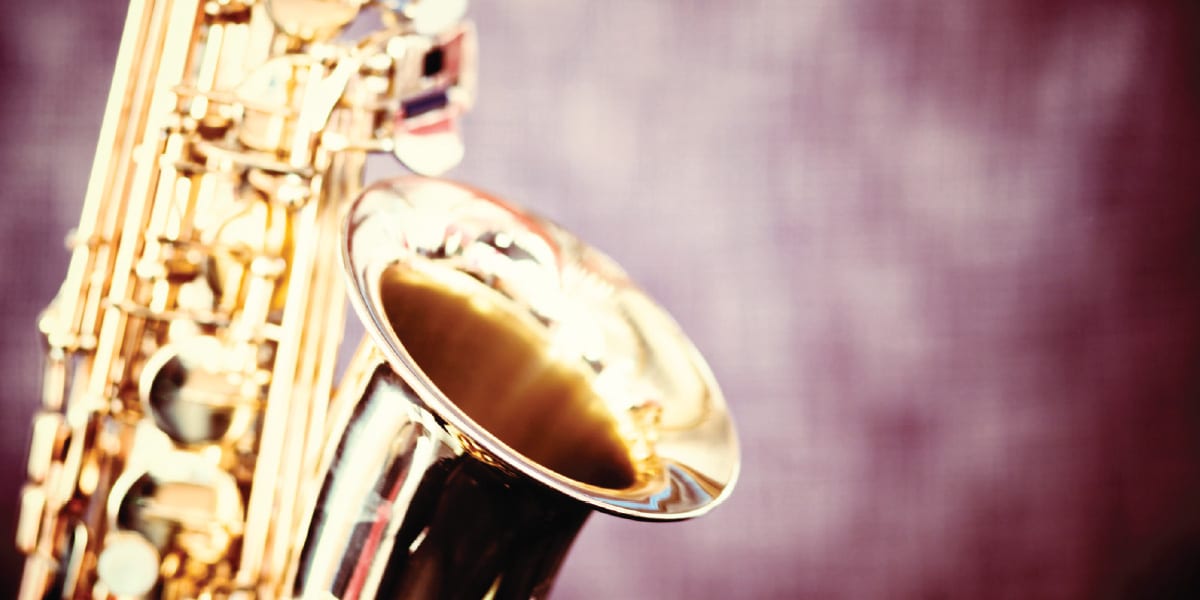In Thomas Merton’s 1948 autobiography, The Seven Storey Mountain, which details his journey to the Catholic faith and becoming a Trappist monk, Merton describes a peculiar scene that unfolded at St. Bonaventure University.
Restless about his future, Merton frantically barrels around campus in search of someone to talk to. He finds himself before the shrine of the Little Flower, almost begging St. Thérèse of Lisieux to show him what to do with his life. A mystical moment unfolds. Merton writes: “Suddenly, as soon as I had made that prayer, I became aware of the wood, the trees, the dark hills, the wet night wind, and then, clearer than any of these obvious realities, in my imagination, I started to hear the great bell of Gethsemani ringing in the night. . . . The bell seemed to be telling me where I belonged—as if it were calling me home.”
This scene has long made me pause. Was Merton some kind of madman, hearing bells from the Abbey of Gethsemani in Kentucky from 700 miles away? Was this manufactured drama? What exactly is going on here?
But the more I’ve contemplated this moment, the more beautiful and mysterious it has become. What we have here is a model for what St. Francis of Assisi called “inclining the ear of the heart” or, as Pope Francis encouraged in his 2022 message for the World Day of Social Communications, “listening with the ear of the heart.” This scene was less about Merton receiving an “answer” in his distress and more about the ear of his own heart—one that was formed in contemplation, in prayer, in liturgy, in silence, in community, in stillness, in solitude, in letting go—and its ability to receive the truth he was being called to know. In his vulnerability, he becomes a vessel for the truest song to arise. Prayer opens the door for the bells of Gethsemani to ring through his being.
Prayer from the Heart of Reality
A similar dynamic is on display in St. Francis of Assisi. It’s bewildering that his famous “Canticle of the Creatures,” which turns 800 this year, arose from his heart at a time when his life could not have been more miserable. He did not write this poetic masterpiece in the romance of a quaint Italian villa. He was blind, ill, and dying. Mice scuttled around him at night and terrorized his sleep. But a lifetime of prayer and contemplation had formed the ear of his heart to hear and receive something rising from the heart of reality itself, a tune that somehow became more true to him than his physical misery. Not even his fading senses could stop the most sensory of songs from being born. Out came the “Canticle.”
Like Bonaventure’s notion of “fountain fullness,” I like to imagine sound as a divine fountain rising from reality’s core, flowing into our universe and our lives to be heard and received as song. Call it a theology of sound. Our role is to enter more deeply into a state of presence and awareness, forming our ears, so sound can flow through the vessel of our soul.
One year, I decided to make weekly visits to a hole-in-the-wall music bar, a humble tumbledown house that was closing after nearly 50 years of live music in Charlotte, North Carolina. The house became for me a symbol of the human heart. Beginning as a regular neighborhood bar in the early ’70s, a happenstance encounter with a nationally known jazz fusion band led to a performance that forever changed the bar’s mission. Bartenders and patrons realized the house was made for sound. It would evolve to become a blues mecca in the Southeast.
As excitement for blues and jazz faded in the ’90s, there was no unhearing what had been heard. Despite its financial struggles, the house continued for the next two decades to be a place for artists on the musical fringes to play and thrive. The house remained open as long as it could, listening to God with the ear of its heart—which is to say, receiving the truth of its existence and mission—and inviting all who walked or danced across its creaky floors into this same transformation through deep listening. Each show that year, I was invited into presence and attentiveness—to open my senses to be filled with song. One jazz saxophonist named Ziad put it this way: “Music pulls me deeper into being.”
Being is prayer that helps form the ears of our hearts. Music can take us there. So can a good conversation. So can contemplation or liturgy or whatever it is that opens us up to receive the hidden truth beneath all things. And then, maybe at a time we least expect it, our hearts, as if attuned to a cosmic radio, become the station for divine song to rise.
Prayer
Lord,
Help me incline the ear of my heart
and listen for the sound of your truth.
May my heart become a vessel for your song
to move in me and through me.








